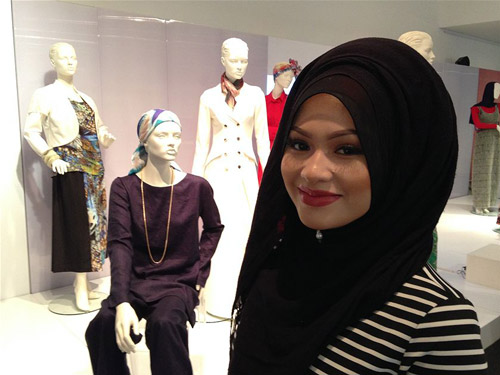Reflecting the diversity within the Australian Muslim community, a new fashion exhibition has been launched in the West Australian town of Katanning to defy misconceptions about Islam in the town.
“For a Muslim lady, you're expected to dress modestly and be as covered as possible,” Ainnatul Aesonand, a Public Library Officer, of Katanning told ABC Local Radio.
“What's showcased here right now, is how to dress modestly but fashionably at the same time...to present yourself beautifully out to the world.”
Themed “Faith, Fashion, Fusion”, Katanning's fashion exhibition displays the work of a new generation of fashion designers who mingled contemporary fashion with modesty.
Using photography, treasured objects and interviews with prominent Australian Muslim women, including Syndey public figure Arwa El-Masri, the exhibitions aims to create a space for the Muslim community to speak about their experiences and faith.
“It's so nice to see people strive and go for goals - not letting anything limit them. Because there isn't anything that a Muslim woman can't do that a non-Muslim lady can,” Aesonand said.
For the library officer, Aesonand, contemporary fashion and Islam teachings are completely “compatible”. She hopes that the event could send this message.
She also aims that the exhibition would highlight the diversity of the Australian Muslim community.
“There are different rules and different expectations per se,” Ms Aesonand said.
“I was brought up in a kind of strict household...so they brought me up wearing the hijab and supported me to cover the skin, the length of the hands, the length of the legs and to sort of cover the body shape, so it's showing modesty.
“In another aspect, girls that are not brought up so strictly who don't have to wear the hijab...tend to make their own choices and some of them tend to dress modestly and do it in the best way that they possibly could.”
Islam sees hijab as an obligatory code of dress, not a religious symbol displaying one's affiliations.
Muslims, who have been in Australia for more than 200 years, make up 1.7 percent of its 20-million population.
Islam is the country's second largest religion after Christianity.
/275, 149

